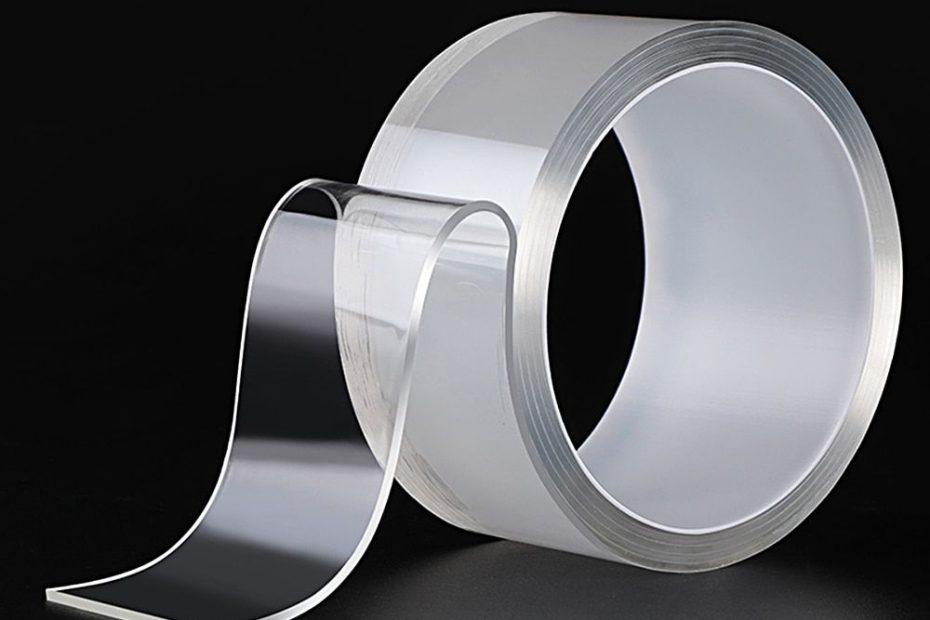Removable and repositional double-sided tapes is used when you want to attach an object on a wall, then remove the object without damaging the wall surface or leaving glue residue. This is most often accomplished with double-sided foam tapes.
The reason foam is used instead of a thin film tape is to fill in the gaps of texture that is often on walls and the unevenness of objects and walls.
A removable foam tape is more difficult tape to make than permanent adhesive tape. There is a delicate balance that a removable adhesive must have so that it has just the right strength for most of the walls without causing damage. Walls made of stone or cement vs walls made of drywall and sheetrock will have different ability to hold adhesive in place.
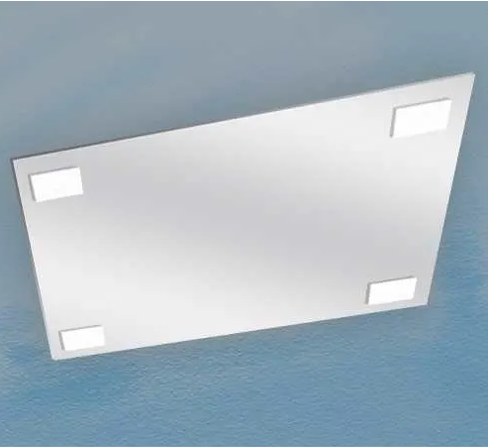
Removable v Repositional Wall Tapes
A removable tape usually refers to a tape that could be applied to a wall and removed one time, thereafter the ability to “reuse” the tape again becomes very difficult because the “power” of the adhesive has been used and the adhesion becomes so weak that it won’t work. Repositional, or re-usable, adhesive tapes mean that you could place object on the wall, then remove and reapply to the wall. This is helpful when you are trying to align the art object, for example, on the wall or when you later want to reposition in order to redecorate the arrangement.
A repositional tape is more difficult to make because the layer of adhesive needs to stay on the foam side and not transfer to the wall, and it could not sink into the foam, either. For that reason they are often more costly.
The most common foam used in these applications is cross-linked polyethylene. it is flexible and come in thicknesses up to two inches. A stronger alternative is polyurethane foam. And with advances in adhesive technologies it might not cost more than a polyethylene foam tape.
Ghost Tape
Is a polyurethane closed cell foam tape. Unlike semi-open or open cell foams, the adhesive does not tend to sink into the foam, as happens over time with the traditional polyethylene foams.
Ghost Tape allows you to reposition the tape more often as the adhesive does not transfer to most wall surfaces. What weakens a tape’s ability to retain its strength after it’s been removed and reapplied, is that material from the surface transfers to the adhesive after each removal.
For surfaces that delaminate, like drywall, extra care in removing the the tape from the wall needs to be considered.
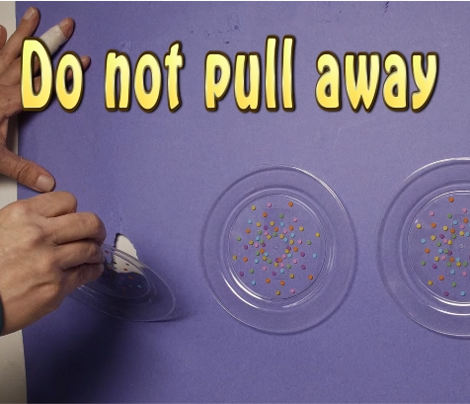
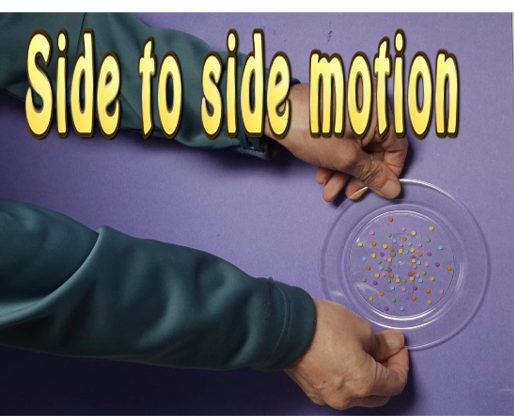
With Ghost Tape you’re able to wash off the contaminates from the adhesive. let dry then reapply. You can’t do this an infinite amount of times, however.
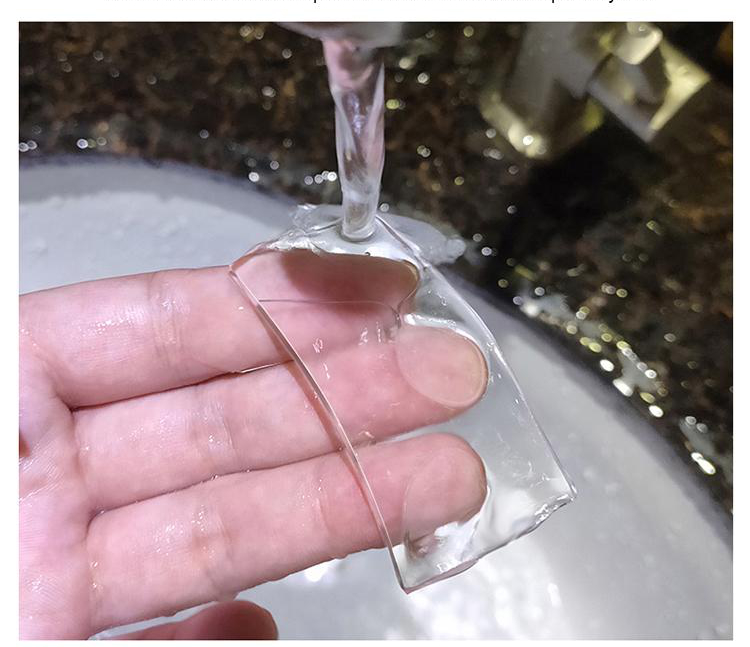
The video below shows how to remove Ghost Tape if wall tear is a concern. You should not pull the tape away from the wall surface, but break the adhesive bond by moving the adhesive side to side, and then pulling down on the tape.
Holding Power
Depending on the surface, the holding power of Ghost tape is about 2 pounds per square inch. See video below.
Other Options
3m Command Strips have been a big hit for consumers. Their commercial of “do no harm” tells you exactly what to expect. The limitations of Command strips are that you could not custom cut if you need it to fit a specific area. You also need to be more precise on aligning two pieces together. You could not get thick foam to create wall-offset look. They are also more expensive that other options.
On the market are Remo One, Temp One, Apartment Tape, and ReUse tape. They have a permanent adhesive side for the object and a removable side for the wall. They are all designed to be repositionable.
Best practices
You may want to experiment with different kinds of tape to suit your specific wall. If your wall could delaminate, then the tapes mentioned above would be your best options. If you have a non-delaminating wall, like cement or brick, a repostionable tape may be too weak. side from choosing the right tape for you wall, cleanliness and pressure will make the difference. Clean walls thoroughly with a 70% isopropoyl alchohol solution. Don’t use an orange cleaner or Windex as they will leave a residue that will inhibit the best bond. Also apply very firm pressure to make sure thorough contact with the wall.
